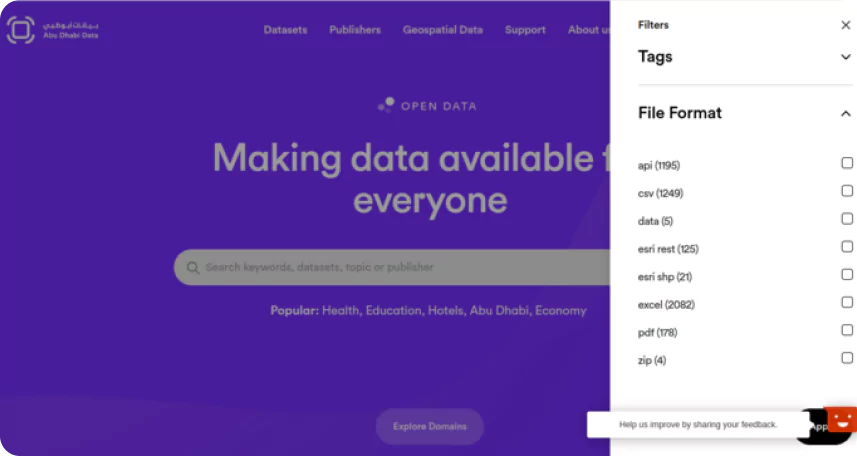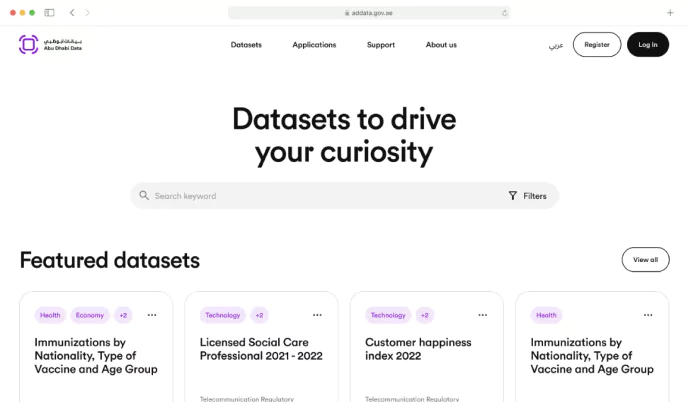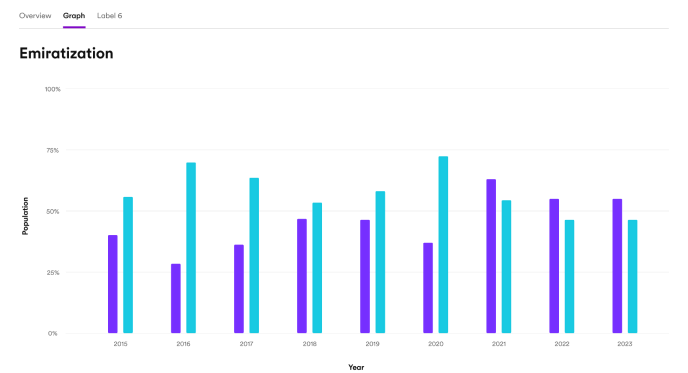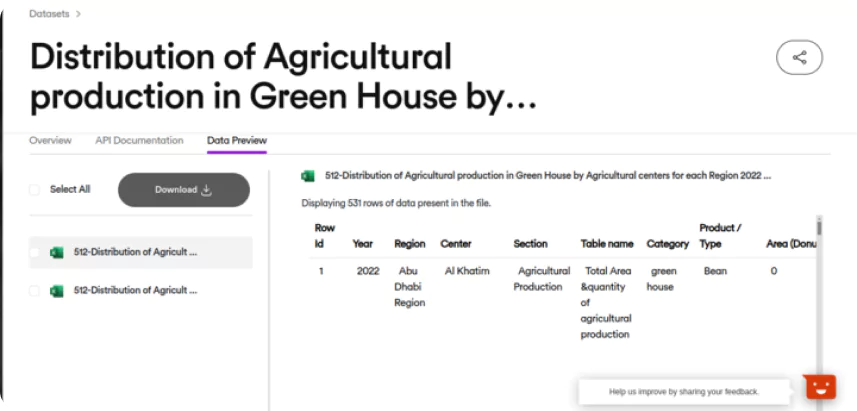Our Solution
The Government of Abu Dhabi selected us to build an Open Data Portal, recognizing our capabilities. We proposed a solution that was not only functional but also innovative, incorporating futuristic features, an intuitive design, and an end-to-end encrypted database. Our delivery exceeded our client’s expectations, showcasing our commitment to pushing technological boundaries and leaving a lasting impression on the audience.





